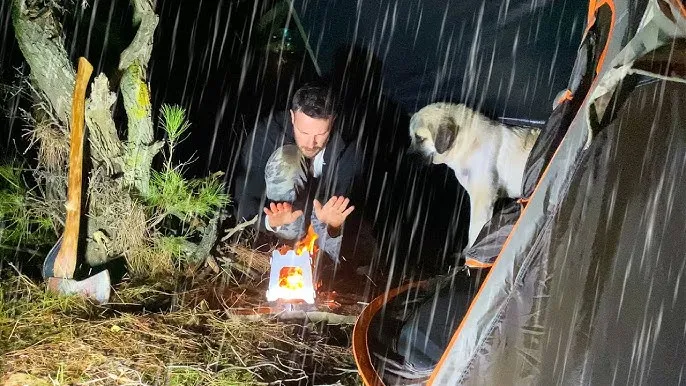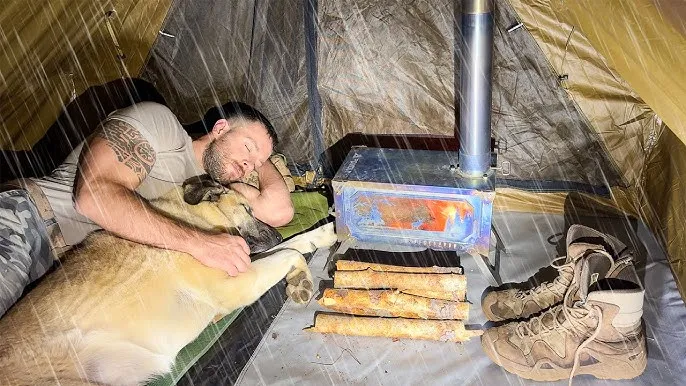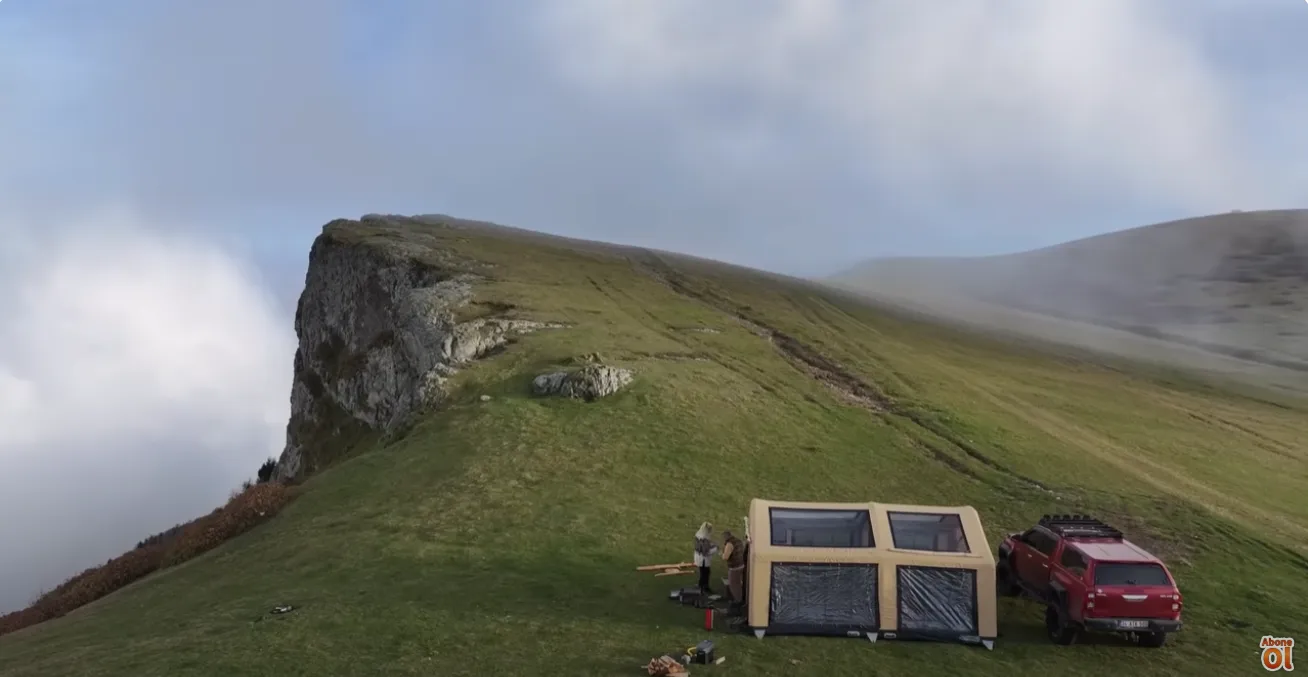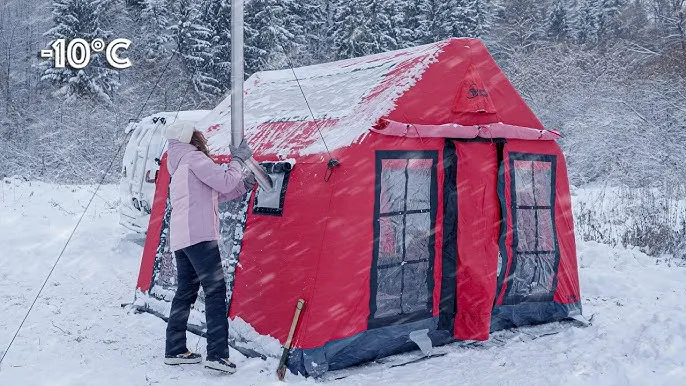In the heart of the forest, surrounded by silence and soil, I found the most ancient form of shelter—not built above ground, but carved into it. Digging a forest hideout, a small earthen burrow to protect myself from wind, rain, and cold, was one of the rawest and most rewarding experiences I’ve ever had.
It started with a simple idea: to create a shelter using only what the forest could offer, without cutting trees or disturbing the landscape. The earth itself would be my walls. I searched for a good spot—a small slope with firm soil, shaded by trees and protected from heavy rain runoff. The key was to find a place where water wouldn’t easily pool, even during a storm.

Armed with just a shovel, my hands, and a lot of patience, I began to dig. At first, it was slow. The soil was packed, roots tangled beneath the surface. But with each scoop of dirt, the space took shape. I made the entrance low and narrow, leading into a rounded chamber big enough to sit, sleep, and take shelter.
The digging took several days. My dog sat nearby, watching curiously, occasionally stepping in to “help” by pawing at the loose earth. Every hour, I had to stop and check the structure—making sure it wouldn’t collapse, carving out small shelves in the wall to store gear, and packing the roof with branches and leaves for added insulation.
To keep the inside dry, I dug a small trench around the entrance to divert rainwater. I also lined the floor with bark and dry leaves to stay off the cold ground. For warmth, I built a tiny fire pit just outside the entrance and used hot stones to warm the interior. At night, with the fire crackling and the forest alive with sounds, I crawled inside and felt safer than I’d ever imagined.

Living in an underground forest shelter teaches you to slow down. Every step—from digging to insulating to staying warm—requires effort, attention, and respect for nature. It’s not about comfort in the traditional sense. It’s about survival, simplicity, and a deep connection to the earth beneath you.
There were moments of doubt, especially during heavy rain or cold nights. But waking up in that quiet, earthy space—hearing the raindrops tapping on the ground above while staying dry and warm inside—felt like a victory. A small, muddy, beautiful victory.
This wasn’t just a project. It was a return to something primal. In that hidden burrow, dug by hand, I learned how little we really need to feel safe. Just shelter, warmth, and the steady heartbeat of the forest all around.



